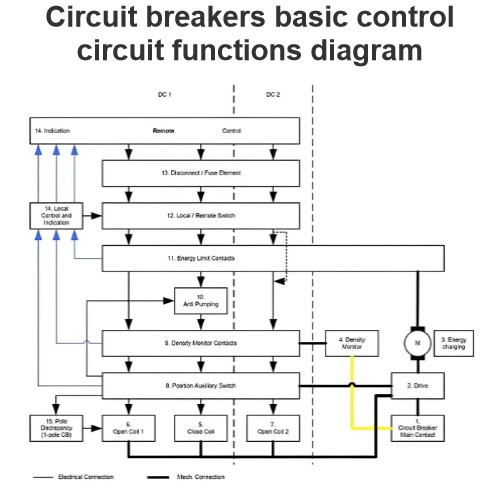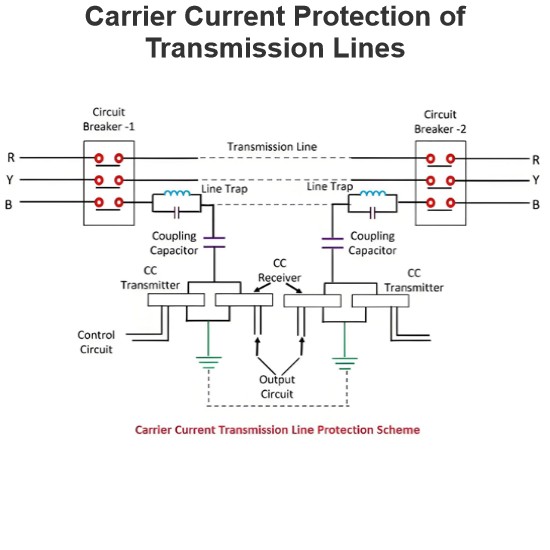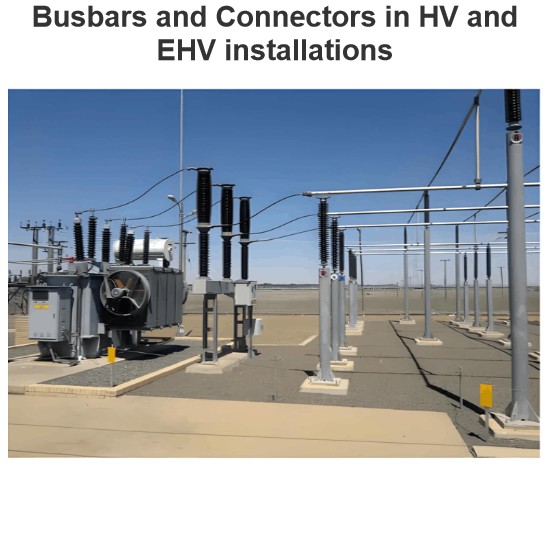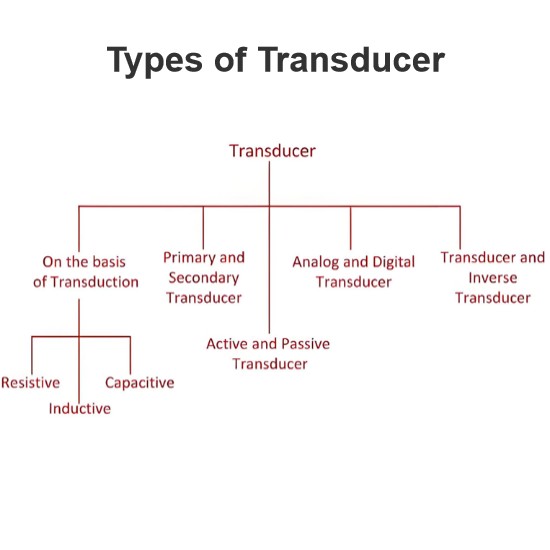Difference between Lightning Arrester and Surge Arrester
What is a Surge Arrester?
A surge arrester is a crucial voltage - limiting device typically installed within the equipment panel of an electrical installation. Its primary function is to safeguard the insulation, equipment, and machinery from various electrical hazards. It not only shields against the damaging effects of lightning strikes but also protects against transient overvoltages generated by events such as switching operations, arcing, load shedding, and electrical faults like ground faults.
Surge arresters play a vital role in electrical systems by effectively limiting current and voltage surges. This protection extends to both low - voltage and high - voltage appliances, as well as communication lines, ensuring the reliable and uninterrupted operation of these components. Among the various types available, the most commonly used surge arrester features non - linear metal oxide resistors encased in either a porcelain or silicone rubber housing. These arresters are connected in parallel with the circuit they are designed to protect, allowing them to divert excess electrical energy safely to the ground grid during a surge event. This parallel connection ensures that the normal operation of the circuit remains unaffected while providing immediate protection when a voltage spike occurs.
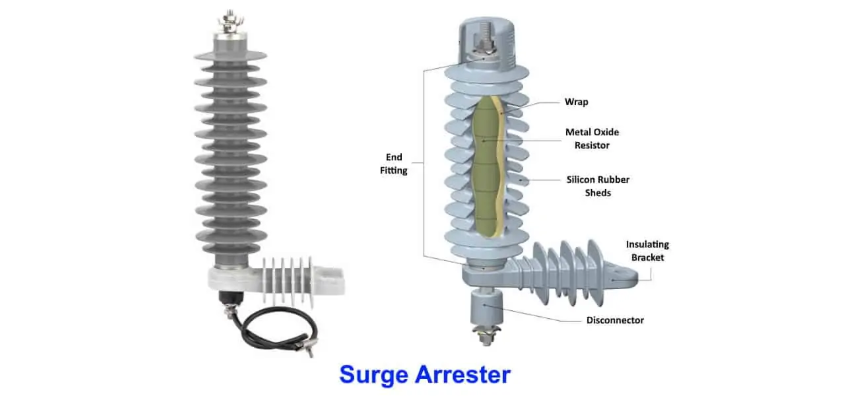
Evolution of Arrester Terminology and Definitions
In the past, the term "lightning arrester" was commonly used in power systems. However, it has now been replaced by the more comprehensive term "surge arrester." In the early days of power system design, which were relatively less complex, lightning was the primary cause of most overvoltages. But in modern, advanced power system designs, a variety of factors can lead to overvoltages. These include load shedding, sudden changes in high - power loads, and disconnector switching in extra - high - voltage (EHV) substations. As a result, surge arresters are now employed in substations instead of traditional lightning arresters. Surge arresters are designed to safeguard the system against all these diverse sources of voltage surges, not just lightning. In low - voltage (LV) and medium - voltage (MV) transmission and distribution lines, the term "line arrester" is also used to refer to devices that protect against both lightning - induced and other types of surges.
What is a Lightning Arrester?
A lightning arrester is a crucial protective device specifically engineered to shield electrical circuits from the damaging effects of lightning strokes. These strokes generate extremely high transient voltage surges, as well as surge currents resulting from lightning, sparks, and isolation arcs.
The primary function of a lightning arrester is to safeguard the power system by safely redirecting high - voltage surges to the ground. While earthing or ground wires do offer some protection to overhead lines and the power system against direct lightning strikes, they may not be sufficient to protect against traveling waves. These traveling waves can reach terminal - connected devices and equipment, potentially causing significant damage. This is where surge diverters, or lightning arresters, play a vital role. They are designed to protect the power system from surges caused by faults or lightning strikes.
Lightning arresters are strategically installed at the highest points of structures, such as transmission poles, towers, and buildings. By doing so, they provide a safe pathway for the discharge of the current and voltage generated by lightning strokes directly to the ground. This effectively protects the entire electrical system from lightning - induced issues, ensuring the integrity and reliable operation of connected equipment and infrastructure.
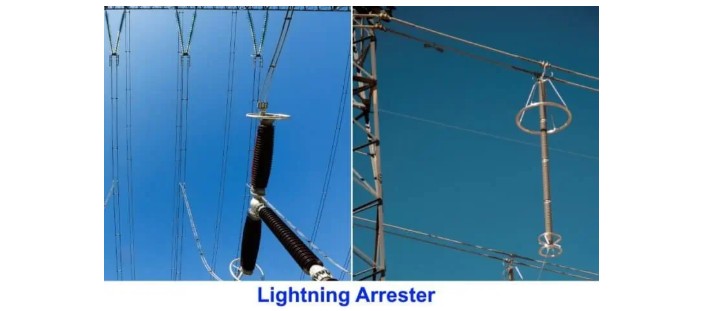
Main Differences between Surge Arresters and Lightning Arresters
Installation Location:Surge arresters are typically installed inside the panel board, while lightning arresters are placed outside. This difference in installation location stems from their distinct protective functions.
Scope of Protection:Surge arresters safeguard the electrical installation from within, protecting internal components from various electrical disturbances. In contrast, lightning arresters offer external protection, shielding equipment from external electrical threats.
Protected Against:Surge arresters are designed to protect the system from a wide range of electrical phenomena, including lightning, switching operations, electrical faults, and other transient voltage and current surges. Lightning arresters, on the other hand, are mainly intended to handle lightning strikes and the associated surges.
Energy Dissipation Mechanism:Surge arresters intercept electrical surges and channel the excess, unwanted energy to the ground wire. Meanwhile, lightning arresters divert the energy flow directly to the ground through the arrester itself, creating a path of least resistance for the lightning - induced electrical charges.
Interchangeability:Surge arresters can sometimes be used in place of lightning arresters due to their broader protection capabilities. However, lightning arresters cannot be used as a substitute for surge arresters because they lack the ability to handle non - lightning - related electrical surges.
What is a Lightning Rod?
A lightning rod, also known as a lightning conductor, is a metal rod made of materials such as copper, aluminium, or other electrically conductive substances. It is installed on the top of structures, including transmission and distribution towers, buildings, and other tall edifices. Its primary function is to protect these structures from direct lightning strikes.
Lightning is an electrostatic discharge that occurs between clouds and the earth. When lightning directly hits power lines, it can cause a dangerous spike in the system voltage, which poses a significant threat to electrical installations and equipment. This is where the lightning rod plays a crucial role. By providing a preferential path for the lightning current, it safeguards electrical installations, equipment, and devices from the destructive impact of direct lightning strokes.
One of the advantages of a lightning rod is its relatively low cost compared to surge arresters. Mounted on the uppermost surface of a building or power line tower, it offers a safe route for high - value electrostatic charges and lightning currents to reach the ground. However, for it to function effectively, it must be properly earthed to the grounding system, ensuring that the electrical charges are safely dissipated into the earth
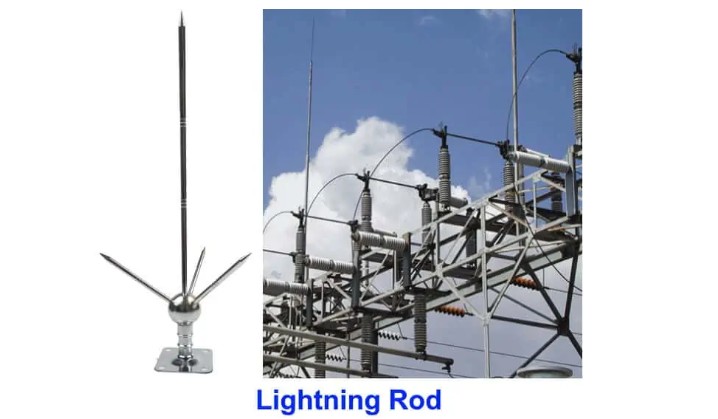
What is a Surge Suppressor?
A surge suppressor, also commonly referred to as a surge protector or transient suppressor, is an essential device. It is typically installed in the home distribution board with the primary function of safeguarding home wiring installations against voltage surges and switching surges.
These surges can pose a significant threat to electrical appliances and the overall integrity of the home electrical system. For instance, when an inductive load, such as a refrigerator, washing machine, or electric motor, is switched off, it generates voltage surges in the electrical system. This phenomenon occurs in accordance with the laws of self - inductance and back electromotive force (back EMF). As the current through the inductive load rapidly decreases, the inductor resists this change, creating a large voltage spike that can reach levels far higher than the normal operating voltage of the electrical system. Such surges, if left unmitigated, can damage sensitive electronic components within appliances, disrupt the normal operation of electrical devices, and potentially lead to costly repairs or replacements. The surge suppressor steps in to intercept and safely divert these excessive electrical spikes, ensuring that the voltage levels within the home electrical system remain within safe limits and protecting the connected electrical equipment from harm.

The Role and Functioning of Surge Suppressors
These sudden voltage spikes and surges can severely damage electrical devices that are sensitive to voltage ratings. In circuits with inductive loads, the act of switching a contactor can generate switching surges. These surges not only pose a threat to the contactor itself but can also harm other connected devices within the electrical system. To address this issue, surge suppressors are commonly installed in low - voltage (LV) contactors. Their dual - purpose function is to shield the contactor from external voltage surges and protect the entire system from the potentially harmful effects of the contactor's switching action.
A typical surge suppressor is designed as a utility outlet with an integrated power ON/OFF switch. It features a three - wire cord, allowing it to be conveniently plugged into a standard wall outlet. This setup makes it easy to connect various electrical devices, providing them with immediate protection against voltage fluctuations.
The standard voltage supplies in homes, such as 120V AC in the United States and 230V AC in the United Kingdom and the European Union, are specified as root - mean - square (RMS) values, also known as effective values. These RMS values represent the equivalent DC voltage that would deliver the same amount of power to a resistive load. For a 120V RMS supply (at a frequency of 60Hz), the peak voltage is approximately 170Vp, while for a 230V RMS supply (at a frequency of 50Hz), the peak voltage reaches around 325Vp.
However, in the presence of electrical transients caused by factors like lightning strikes or switching operations, the peak voltage can spike to several hundred volts or even thousands of volts in the form of irregular pulses. These transient events are extremely short - lived, typically lasting only a few microseconds (10⁻⁶ seconds). Despite their brief duration, they can inflict significant damage on sensitive electronic devices, which are often designed to operate within a narrow voltage range.
This is where surge suppressors play a crucial role. They are engineered to monitor the incoming voltage and prevent any peak voltage that exceeds a predefined threshold. For example, a surge suppressor rated at 250V will function normally when the incoming voltage remains at or below 230V. But as soon as the transient voltage pulses exceed the 250V limit, the surge suppressor immediately redirects the excess line power to the ground. This rapid response effectively protects connected devices by ensuring that the voltage they receive never surpasses their safe operating limit, thereby safeguarding their functionality and extending their lifespan.

Differences between Surge Arresters and Surge Suppressors
The primary distinctions between surge suppressors and surge arresters lie in their voltage ratings and energy - dissipation capabilities. A surge suppressor typically has a relatively low voltage rating, only slightly higher than the normal operating voltage of the electrical system it serves. Its energy - dissipation capacity is also limited. In contrast, a surge arrester features a significantly higher voltage rating compared to the rated voltage of the circuit. More importantly, it boasts a far greater ability to dissipate electrical energy, all while ensuring that the insulation of the electrical system remains intact and unaffected.
Key Point: It is essential to note that surge suppressors are not suitable for protecting circuits against transients and surges caused by lightning strikes. Their design and capabilities make them inadequate for handling the extremely high - energy and high - voltage events associated with lightning, which require the more robust protection offered by surge arresters.
The Electricity Encyclopedia is dedicated to accelerating the dissemination and application of electricity knowledge and adding impetus to the development and innovation of the electricity industry.

